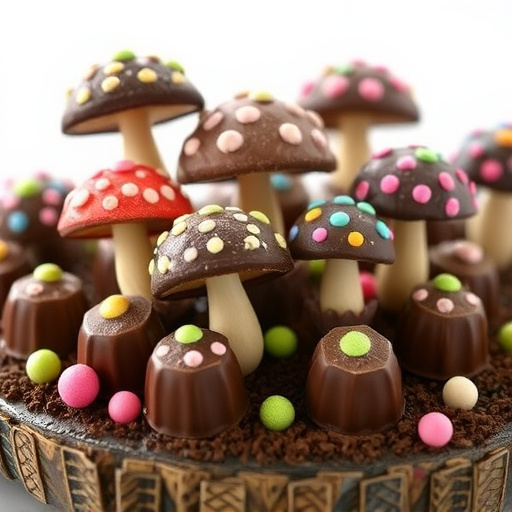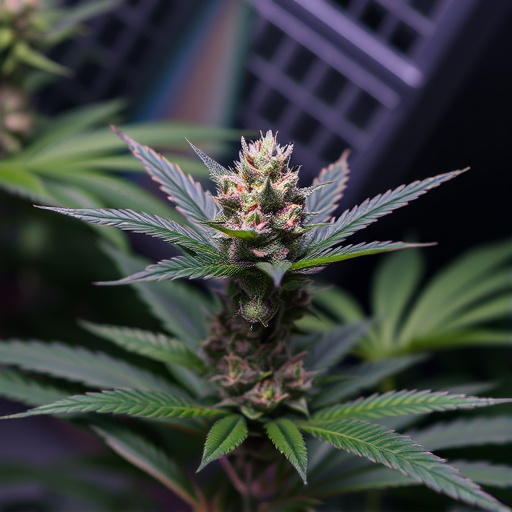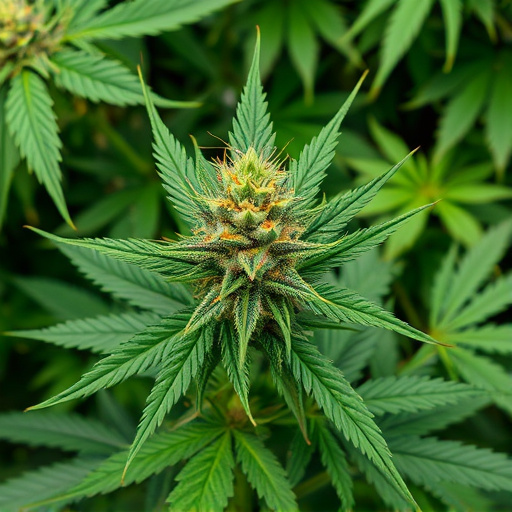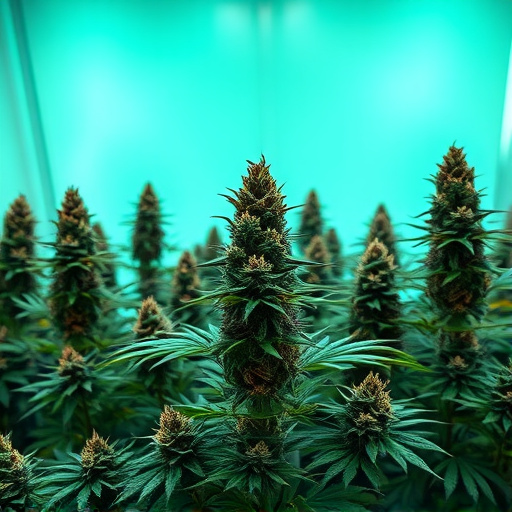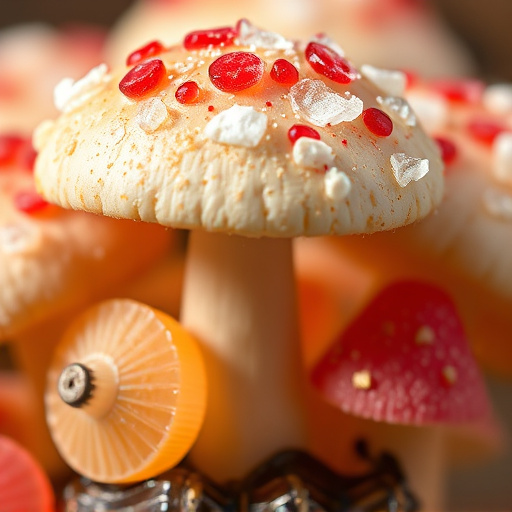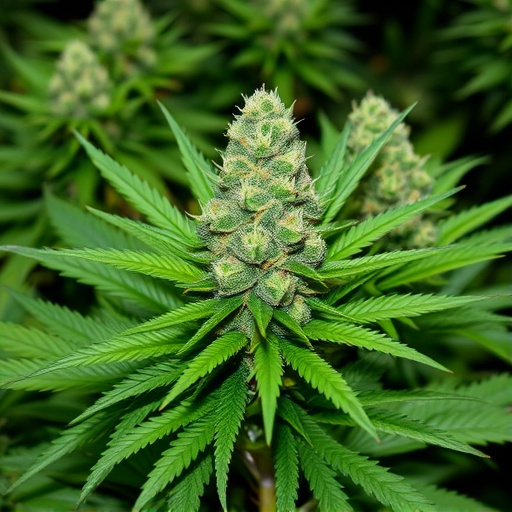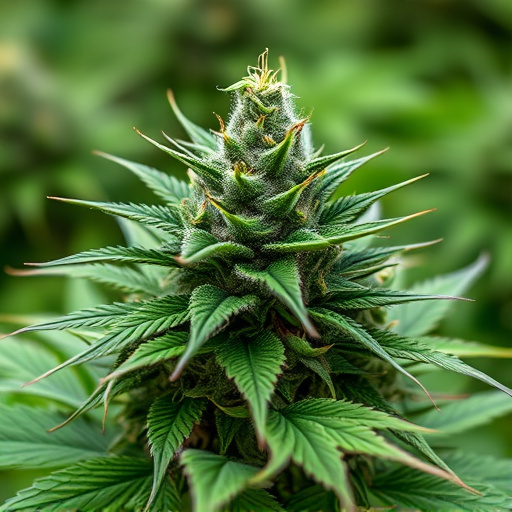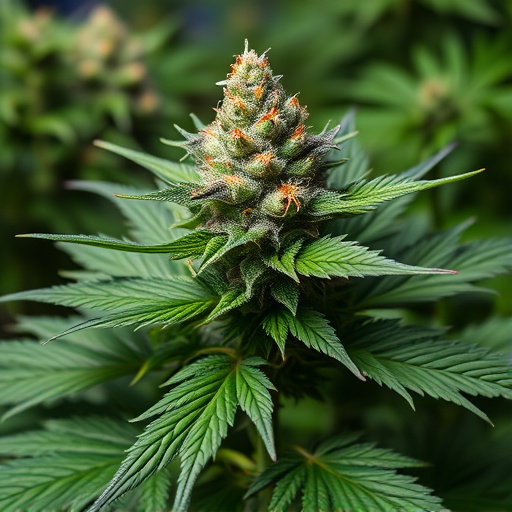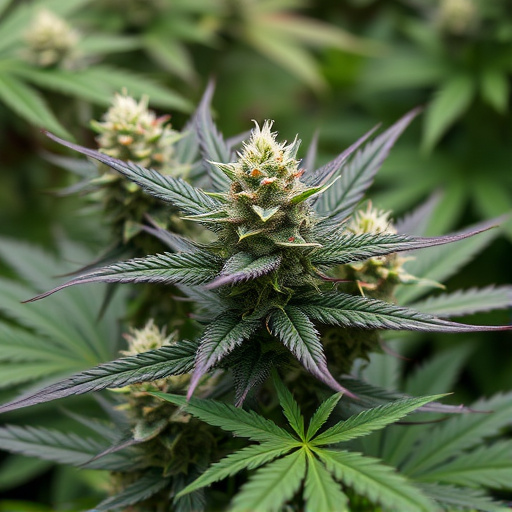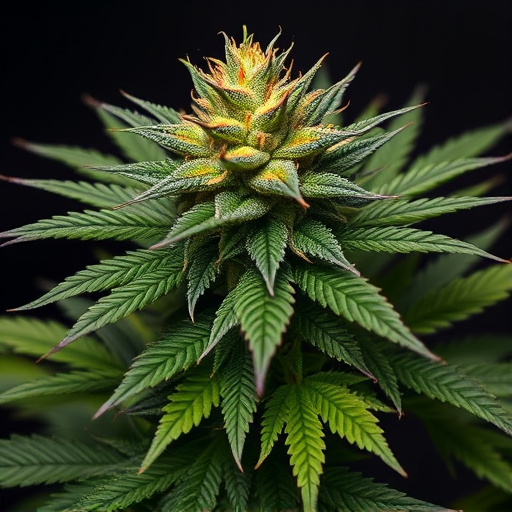Trichomes, tiny glandular structures on cannabis flowers, are vital for indica strain quality, containing valuable cannabinoids and terpenes that influence aroma, flavor, and therapeutic effects. Growers use trichome density, size, and health to signal optimal harvest time, ensuring potency and benefits. Visual inspection techniques with tools like magnifying glasses, microscopes, and cameras help determine ripeness based on color and clarity. The ideal harvest window for indica strains is 7-9 weeks after vegetative growth ends, when trichomes turn milky or amber. Close observation and balanced terpene profiles ensure consistent, high-quality final products.
“Uncover the secrets to achieving peak harvest quality with an in-depth guide to trichome analysis. This comprehensive article demystifies the role of trichomes in cannabis, serving as a key indicator of plant maturity and potency. Learn the art of visually inspecting these tiny structures using simple tools, and discover optimal harvesting practices specifically tailored for indica strains. Master the science behind the harvest to ensure top-tier cannabis products.”
- Understanding Trichomes and Their Role in Cannabis Quality
- Tools and Techniques for Visual Inspection of Trichomes
- Best Practices for Harvesting Indica Cannabis Strains Based on Trichome Analysis
Understanding Trichomes and Their Role in Cannabis Quality
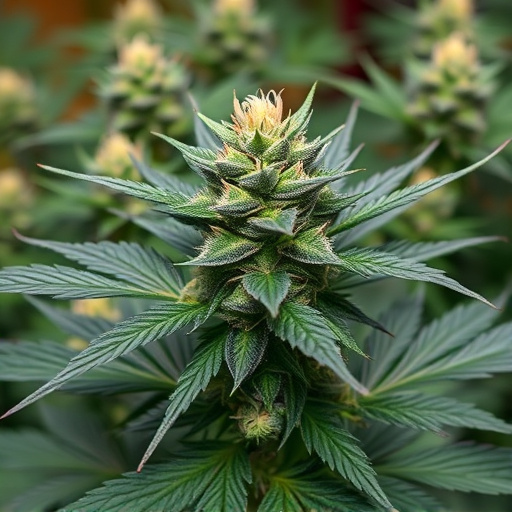
Trichomes, tiny glandular structures that resemble small hair or bumps on the surface of cannabis flowers, play a pivotal role in determining the quality and characteristics of the final product, especially in indica cannabis strains. They are not just visual indicators; they house valuable cannabinoids and terpenes, which contribute to the plant’s unique aroma, flavor, and potential therapeutic effects. The density, size, and overall health of trichomes signal the ideal harvest time for growers, ensuring optimal potency and benefits.
In indica cannabis strains, known for their relaxing and sedative properties, understanding trichome development is essential. Growers often rely on visual cues, such as the color change from clear to milky or amber, to gauge maturity. As trichomes mature, they produce more resins and concentrate compounds, enhancing the overall quality and desirability of the harvest. This meticulous process ensures that consumers receive top-tier cannabis products with consistent effects and desired attributes.
Tools and Techniques for Visual Inspection of Trichomes

To effectively check trichomes for harvesting and quality, especially in indica cannabis strains, you’ll need a few specialized tools. A magnifying glass or loupe is essential for close inspection, allowing you to view the trichomes’ structure and maturity. Handheld microscopes offer even greater zoom capabilities, enabling detailed observation of microscopic details. Additionally, high-quality cameras with macro settings are invaluable for capturing clear images of trichomes at different stages of development.
Techniques for visual inspection involve examining the trichomes under natural light to assess their color and clarity. Indica strains often showcase vibrant amethyst or milky trichomes when ripe. Using a consistent lighting setup, compare the appearance of trichomes against established standards or reference images. This visual assessment helps determine the optimal harvest time, ensuring you collect cannabis flowers at the peak of their quality and potency.
Best Practices for Harvesting Indica Cannabis Strains Based on Trichome Analysis
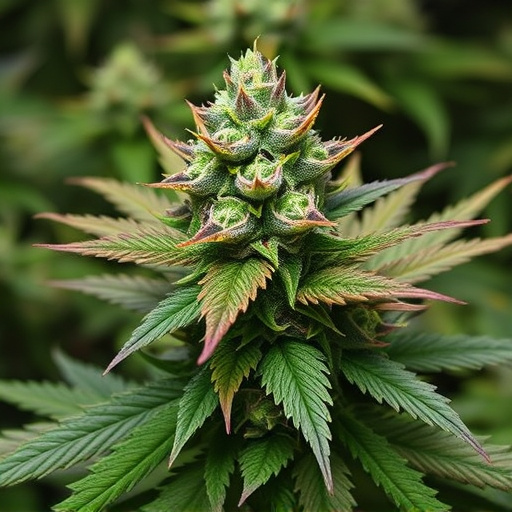
When it comes to harvesting indica cannabis strains, understanding trichome analysis is key to ensuring optimal quality and maturity. Indica plants typically have a slower growth rate compared to their sativa counterparts, which means they accumulate more resins and terpenes in their trichomes over time. For best results, harvest your indica crops when the majority of trichomes have turned milky or amber in color. This usually occurs between 7-9 weeks after vegetative growth ends, depending on the specific strain and growing conditions.
Best practices involve closely observing the trichome development under a magnifying glass or using a trichome tester kit. Trimming should be done carefully to avoid damaging the delicate trichomes. Aim for a balance between harvesting at the perfect moment to capture the desired terpene profiles while ensuring consistent, high-quality final products.
When it comes to harvesting high-quality indica cannabis strains, understanding and examining trichomes is key. By utilizing the right tools and techniques, cultivators can ensure optimal harvest times for maximum yield and potent results. The visual inspection method outlined in this article provides a practical guide to navigating the intricate world of trichome analysis, allowing folks to make informed decisions and unlock the full potential of their indica strains.
